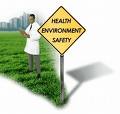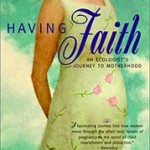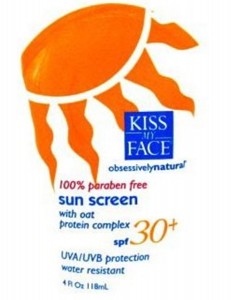Maine Identifies Toxic Chemicals
 In 2008, Maine’s Governor John Baldacci signed into law an Act to Protect Children's Health and the Environment from Toxic Chemicals in Toys and Children's Products. This law is aimed at protecting children’s health from unnecessary and dangerous chemicals in everyday consumer products. It is also an important step toward protecting Maine’s natural environment, as well as women of childbearing age, from the toxic effects of chemicals.
In 2008, Maine’s Governor John Baldacci signed into law an Act to Protect Children's Health and the Environment from Toxic Chemicals in Toys and Children's Products. This law is aimed at protecting children’s health from unnecessary and dangerous chemicals in everyday consumer products. It is also an important step toward protecting Maine’s natural environment, as well as women of childbearing age, from the toxic effects of chemicals.
The law requires Maine to adopt a list of priority chemicals of high concern, forces manufacturers to disclose the toxic chemicals they add to products, and authorizes the state to require safer alternatives whenever they are available. This point is so critical because it finally places the responsibility on the manufacturer, not the consumer.
The first list of chemicals has been released and is available on the Maine Department of Environmental Protection’s website. Reporter Meg Haskell with the Bangor Daily News recently wrote about the list.
“At 83 pages, the list includes many compounds whose names would be unfamiliar to most people. But some, such as lead, mercury and formaldehyde, are widely recognized for their toxic effects on babies and young children.
Others, such as phthalates, bisphenol-A and deca, have become more familiar in recent years as public health and environmental groups have sounded the alarm about their presence in household goods.
Infant formula, plastic shower curtains, toys, cosmetics, furniture and home electronics are among the products that can contain and emit the toxic chemicals.”
This list reinforces the concern and need for national reform, don’t you think?







